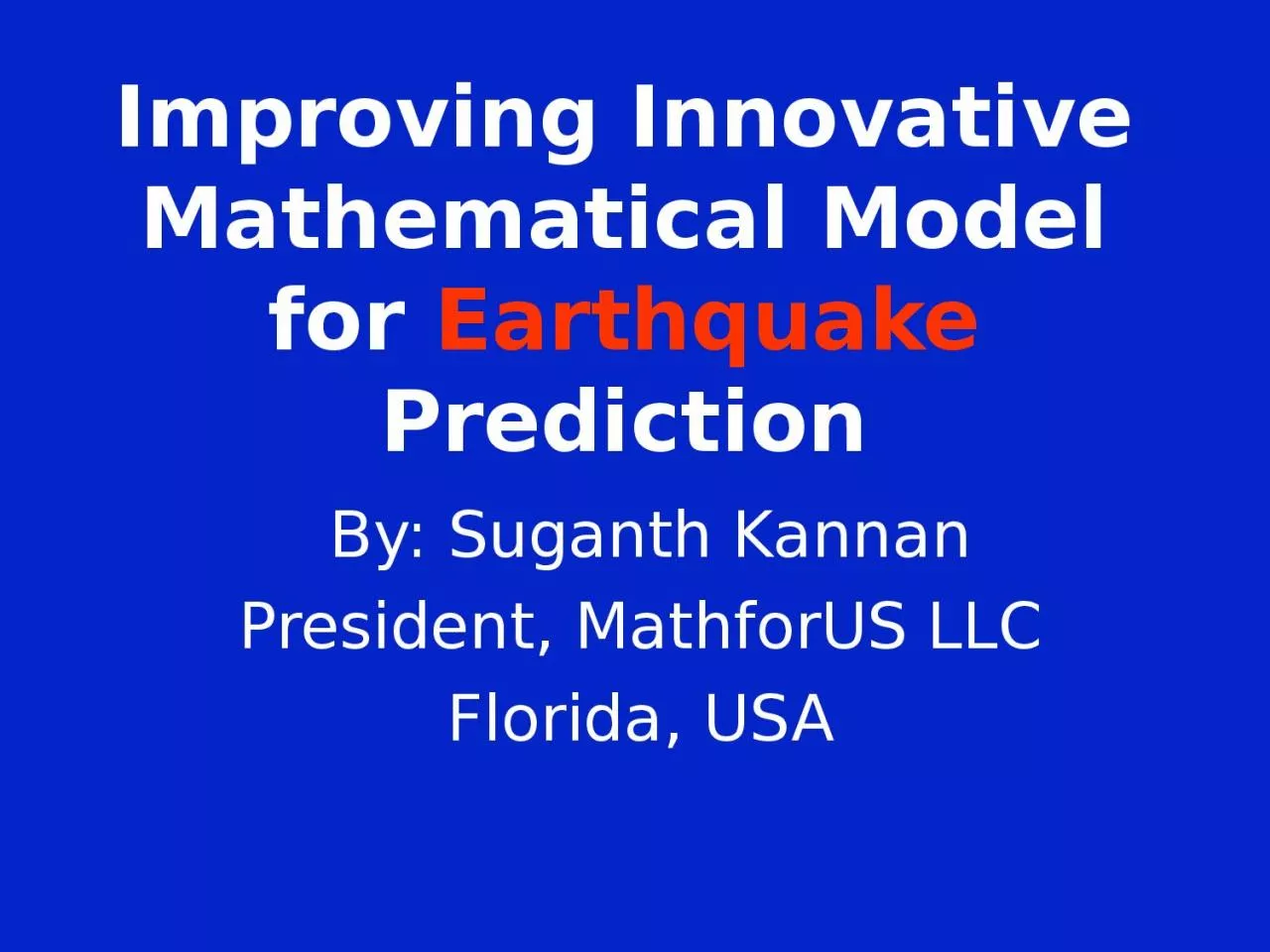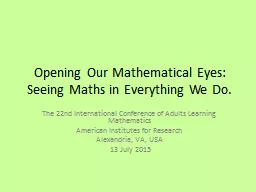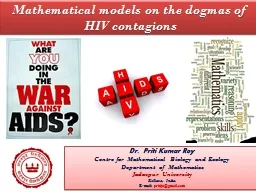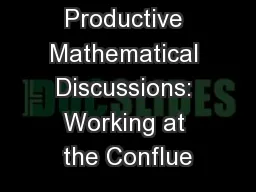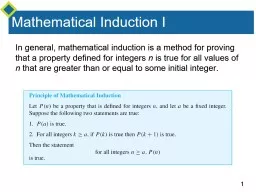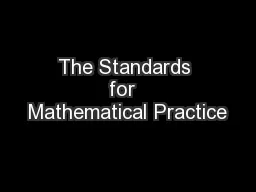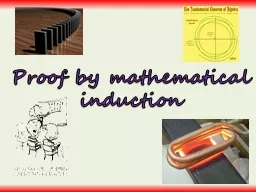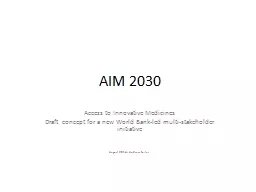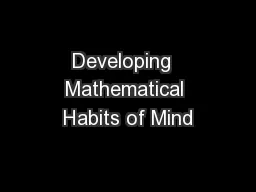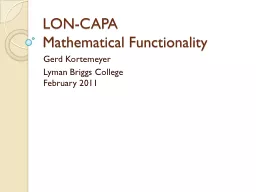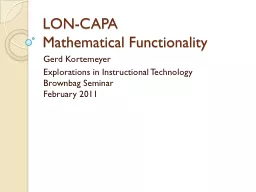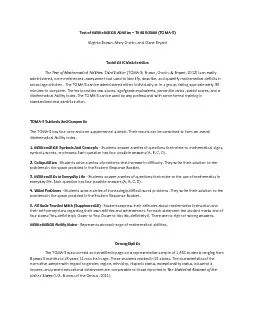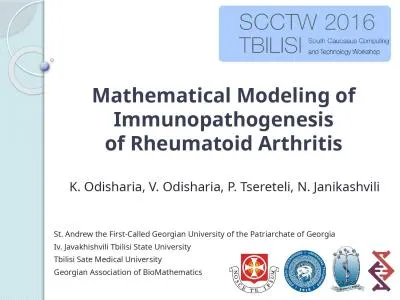PPT-Improving Innovative Mathematical Model for
Author : brooke | Published Date : 2024-01-13
Earthquake Prediction By Suganth Kannan President MathforUS LLC Florida USA Objective The objective of this research is to improve upon a previously developed
Presentation Embed Code
Download Presentation
Download Presentation The PPT/PDF document "Improving Innovative Mathematical Model ..." is the property of its rightful owner. Permission is granted to download and print the materials on this website for personal, non-commercial use only, and to display it on your personal computer provided you do not modify the materials and that you retain all copyright notices contained in the materials. By downloading content from our website, you accept the terms of this agreement.
Improving Innovative Mathematical Model for: Transcript
Download Rules Of Document
"Improving Innovative Mathematical Model for"The content belongs to its owner. You may download and print it for personal use, without modification, and keep all copyright notices. By downloading, you agree to these terms.
Related Documents

